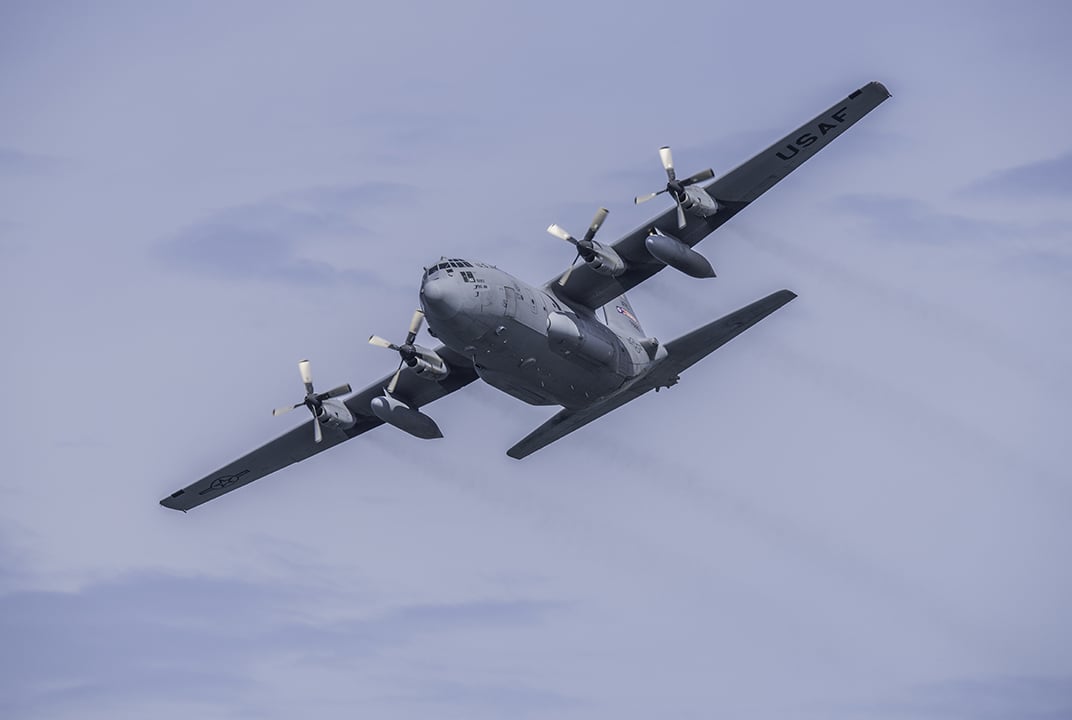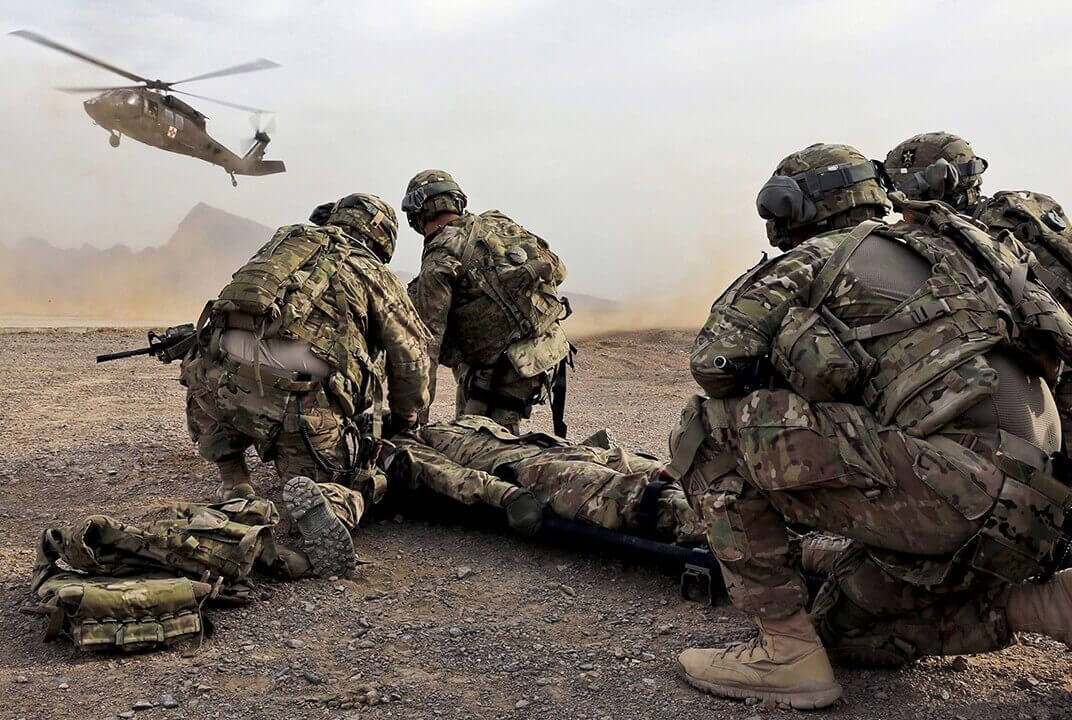Insight | New approaches, New insights
New approaches, New insights
Government
Inmarsat Government’s Rebecca Cowen Hirsch looks forward to this year’s SIA DoD Commercial SATCOM Workshop which brings together the most prominent thinkers and influencers from both the government and commercial space industry.
The satellite industry always highly anticipates the Annual DoD Commercial SATCOM Workshop hosted by the Satellite Industry Association (SIA), and this year’s event is no exception. Scheduled for December 11-13 at the Hyatt Regency in Crystal City, the event will bring together government leaders from Department of Defense (DoD) combatant commands, services and agencies as well as satellite industry operators, service providers, integrators, ground equipment suppliers and manufacturers. Without exception, the SIA event is packed with terrific sessions in which the most prominent thinkers and influencers from both the government and commercial space industry offer key insights into what is happening now in SATCOM – and where we need to go.
One could argue that there has never been a better time to attend the workshop, given the abundance of changes upon us at this very moment, as space continues to emerge as an increasingly dynamic yet contested environment. With the signing of the National Defense Authorization Act (NDAA) for Fiscal Year (FY) 2018, the Pentagon is reorganizing national space programs with a consolidated and strategically beneficial Air Force-based model.
I look forward to moderating the Military Services panel on Thursday, December 13 from 8:45 to 10:15 a.m. EST. This panel will include members representing the U.S. Army, Navy, Air Force, Marine Corps and Coast Guard, who will discuss the challenges they face in acquiring, managing and implementing commercial SATCOM. They will also provide insights on their organization’s current and future COMSATCOM requirements; capabilities and services they would like to see industry bring to the warfighter; and the potential impact of the creation of a Space Force.
From a broader conference perspective, I am sure there will be discussions stemming from the House Appropriations defense subcommittee’s approval earlier this year of $49.5 million in funding to create a new “program of record for commercial satellite communications” within the Air Force. There are divergent views on how this shall be applied. Yet subcommittee and some DoD officials have indicated that they are seeking a better long-term plan to buy COMSATCOM via a more seamless, integrated network structure and that meaningful changes in SATCOM procurement are required to make this happen.
There has also been much dialogue about challenges brought forth by the recapitalization of satellite terminals. In releasing some of its conclusions about the Office of the Under Secretary of Defense for Acquisition, Technology, and Logistics (OSD/AT&L)’s Analysis of Alternatives (AoA) for a Wideband Communications System, the Pentagon indicated that numerous satellite terminals are not compatible with modern SATCOM technology. As the DoD seeks to replenish the terminals, we view this as a new opportunity for the military community to leverage industry’s ongoing investment in innovation to both modify and replace the terminals, taking into consideration the deployment of adaptive modems and multi-band features that will enable roaming across heterogeneous networks. Thus, paving the way for a completely integrated architecture. The architecture would profoundly expand capabilities while removing the burden of operations and maintenance (O&M) for government users.
This architecture is best obtained through a strong government and commercial partnership in which satellite industry leaders collaborate side-by-side with their military counterparts to solve SATCOM issues through enhanced capabilities, flexibility, mobility and resiliency, so that capable COMSATCOM solutions are fully considered as part of the necessary recapitalization process.
With these significant developments underway, we applaud SIA and U.S. Strategic Command for co-sponsoring such an important event. SIA members and all who participate have demonstrated – time and time again – that they stand at the forefront of the future of SATCOM acquisition and deployment. Combined, we have never had a greater opportunity to share and collaborate upon new ideas and forward-looking approaches. I am eager to listen to everyone’s insights there and will be happy to share what I hear in a future blog in this space.
About the author
Rebecca M. Cowen-Hirsch is Senior Vice President for Government Strategy and Policy for Inmarsat Government, based in Washington. Ms. Cowen-Hirsch brings 25 years of defense, aerospace, and executive leadership experience to Inmarsat. As a decorated member of the Senior Executive Service (SES) in the U.S. Department of Defense, she served as the Program Executive Officer for SATCOM, Teleport and Services at the Defense Information Systems Agency (DISA) and in several key SES executive positions including the first Vice Component Acquisition Executive for DISA, with executive management responsibility for the acquisition oversight and horizontal integration of DISA’s products, services, and programs. Ms Cowen-Hirsch established the Defense Spectrum Office, serving as its first Director where her responsibilities included the development of national security spectrum strategic plans and policy, and national and international negotiation of defense spectrum issues. Her broad defense career ranged from systems engineering, experimental flight test, program management, spectrum management, and a wide range of executive leadership positions. Ms. Cowen-Hirsch was a rated experimental flight test engineer; was the first female civilian Mission Commander for the Advanced Range Instrumentation Aircraft (ARIA) mission, and was the recipient of an Exemplary Service Medal for her years of selfless service to the Department of Defense. Ms Cowen-Hirsch has a Bachelor of Science Degree in Electrical Engineering, conducted post-graduate studies in Engineering Management, and is a graduate of the University of Tennessee Space Institute Experimental Flight Test Program; the DoD’s Acquisition Management Program; and the Cambridge Senior Executive Leadership Program.


